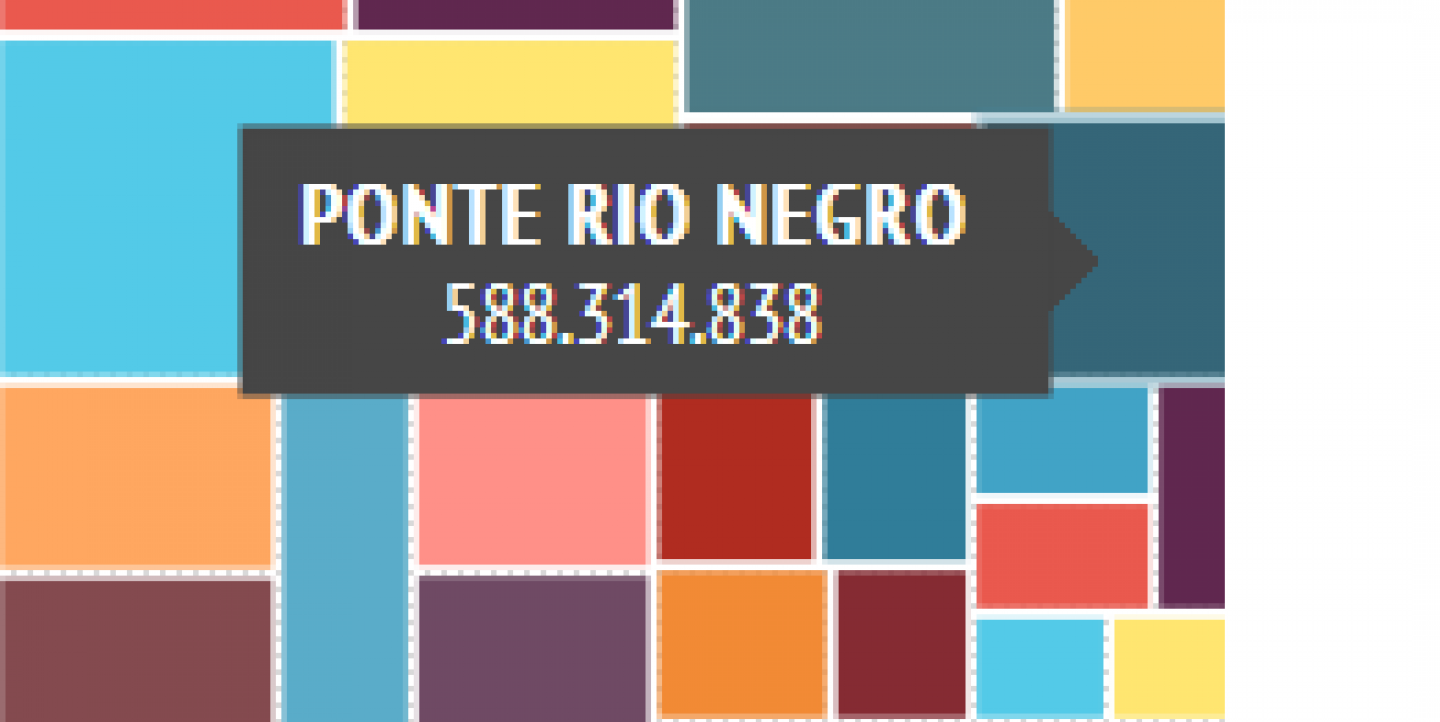The prediction of two icons of the communications field—that journalists would become data wranglers—is rapidly becoming a reality.
Reporter and professor Philip Meyer stated in his classic 1970 book Precision Journalism that “the world has become so complicated, the growth of information so explosive, that journalists need to be a filter as well as a transmitter; an organizer as well as an interpreter.”
Forty years later, Tim Berners Lee, inventor of the World Wide Web, predicted that journalists in the future would be “data analysts.”
Much of the work in journalism today involves not only finding news stories behind datasets, but also creating new ways for the public to interact with the data themselves.
A great example of this trend is The New York Times platform Faces of the Dead. It lets the user navigate through a database of all American soldiers killed in Iraq and Afghanistan. The data stores created by Argentina’s La Nación, and by the Los Angeles Times and Texas Tribune in the U.S. also exemplify the role the media can play in the creating their own data repositories.
This important trend is at the core my ICFJ Knight International Journalism Fellowship. In the past year, I’ve been working with a team of developers and journalists on the Environmental News Lab, or ((o))ecoLab, to build a tool to help people understand the issues behind important sets of environmental data.
The Lab recently launched its first experiment in partnership with Brazilian environmental news agency O Eco as well as the investigative team of journalists from Agência A Publica. The partners created BNDESnaAmazonia.org, an interactive database with information about the loans made in the Amazon region by the Brazilian National Bank of Development, known as BNDES.
To build the database, the journalists downloaded five years of publicly available bank records of loans to companies building roads, dams and ports in the eight states of Brazil located in the Amazon rainforest. They also listed the problems caused by each project, by gathering data on all the cases of legal action around social and environmental impacts of the investments.
By acting as data collectors, Agência A Publica reporters Bruno Fonseca and Jessica Mota brought important information to light. They published a series of six stories simultaneously on the O Eco and A Publica sites. Their reporting showed that the majority of the development bank's loans went to energy companies, and roughly 80 percent of the projects are facing legal challenges. For example, the controversial project to construct the Belo Monte hydroelectric dam on the Xingu River (one of the Amazon’s major tributaries) has received more than US$10 billion since 2011, and there are 21 legal actions pending against it. For more details, check out the database.
The journalists also submitted a Freedom of Information request under Brazilian national law to BNDES in order to access all the contracts related to the infrastructure projects. The development bank handled a total of 45 contracts. O Eco and A Publica made each of them available for download on their websites.
Data on the development bank's loans to entities outside Brazil are not yet publicly available, and BNDES refused to share the information. But the reporters were not deterred. Since the loans qualify as foreign aid, our team compiled information about them from news and diplomatic announcements from the Brazilian Foreign Office.
Some of the findings showed that Brazil partnered with Bolivia to fund the construction of a road on federally protected indigenous territory. The project has created a political struggle among the supporters of Bolivian President Evo Morales. All the data was compiled in a story but the request for official data from BNDES on its international footprint was not answered and much of the bank's activity abroad remains a secret.
The technology we used
The main developer behind BNDESnaAmazonia.org is Vitor George, who joined the Lab team in September. He has developed a website that presents the data organized by the reporters, allowing the public to browse and download information in comma-separated values (CSV) spreadsheet files.
“The site was written in Node.js, a software platform whose architecture allows building highly scalable applications,” he explains. Using a simple database, with Node.JS, George was able to reveal a web of relationships among the projects. For example, when you check information about one specific project in the Amazon, all the values of related investments and companies are displayed.
The developer says that “Node.js has the advantage of using Javascript as the scripting language, making it more accessible to most programmers. It also has a vibrant ecosystem of frameworks and libraries for web development, and is used extensively in large distributed systems, like MapBox".
“Besides the fact that the project’s complexity was relatively low, the lab understood that it was a first step in building more complex and feature-rich online journalism platforms, and Node.js fits well in a technology toolbox directed to this end. Extending our knowledge beyond the blogging platform WordPress (which powers InfoAmazonia.org) will allow us to build better and more refined projects that will reach a broader audience.”
Looking forward
Our next step is to integrate this database into the geographical data we host on InfoAmazonia. What we will try with this experiment is to create a model for meaningful interactive databases, which in our opinion will promote more transparency in the public arena.
Meyer’s and Berners Lee’s vision seems closer than ever.
Gustavo Faleiros is an environmental journalist and media trainer who specializes in data journalism. He is an ICFJ Knight International Journalism Fellow based in Brazil. You can follow him on Twitter.
Global media innovation content related to the projects and partners of the ICFJ Knight International Journalism Fellows on IJNet is supported by the John S. and James L. Knight Foundation and edited by Jennifer Dorroh.
Image: Screenshot from the BNDESnaAmazonia site.

